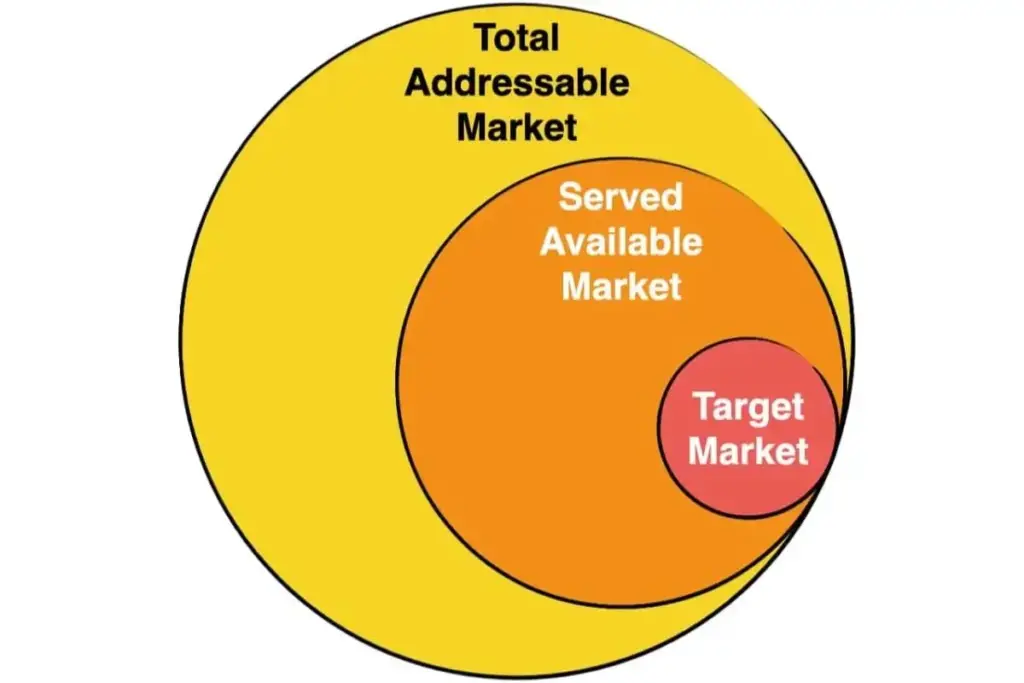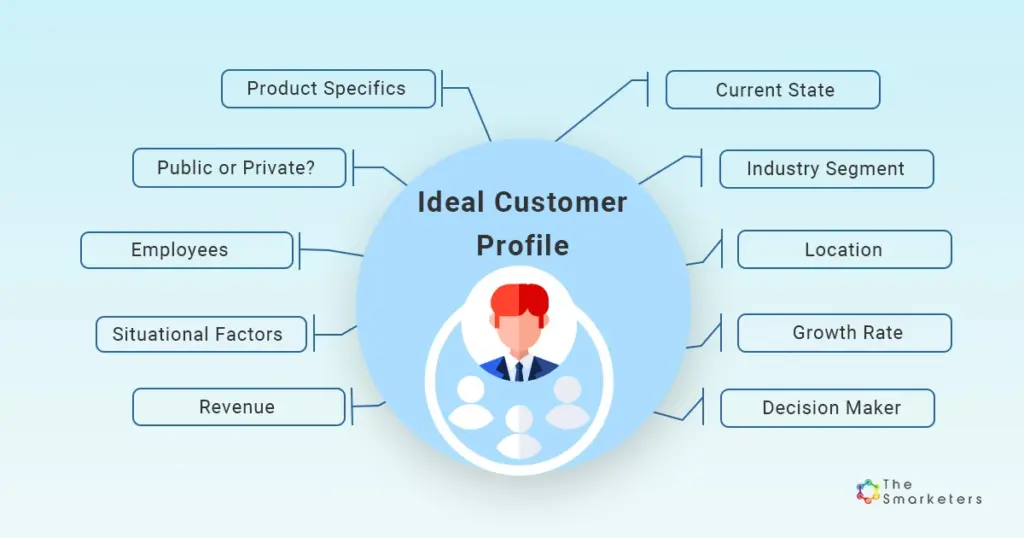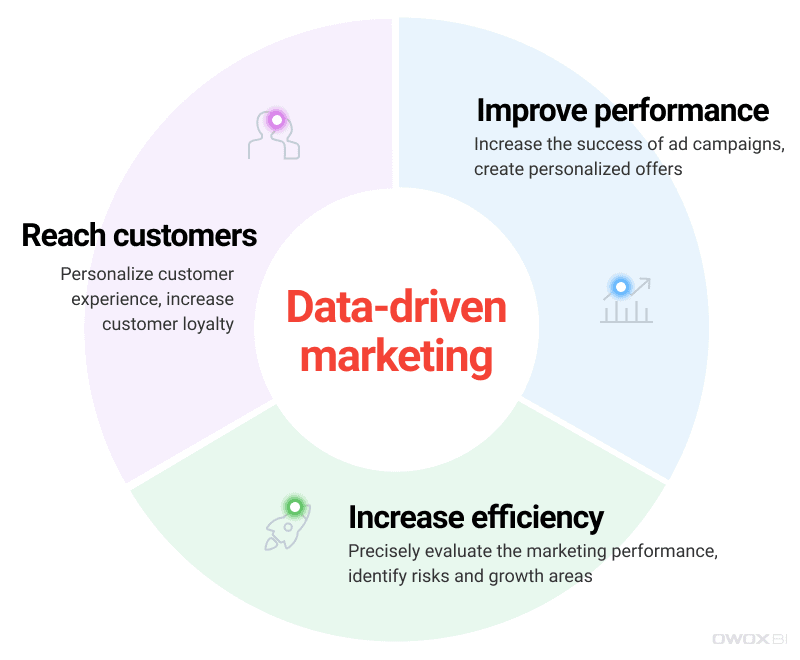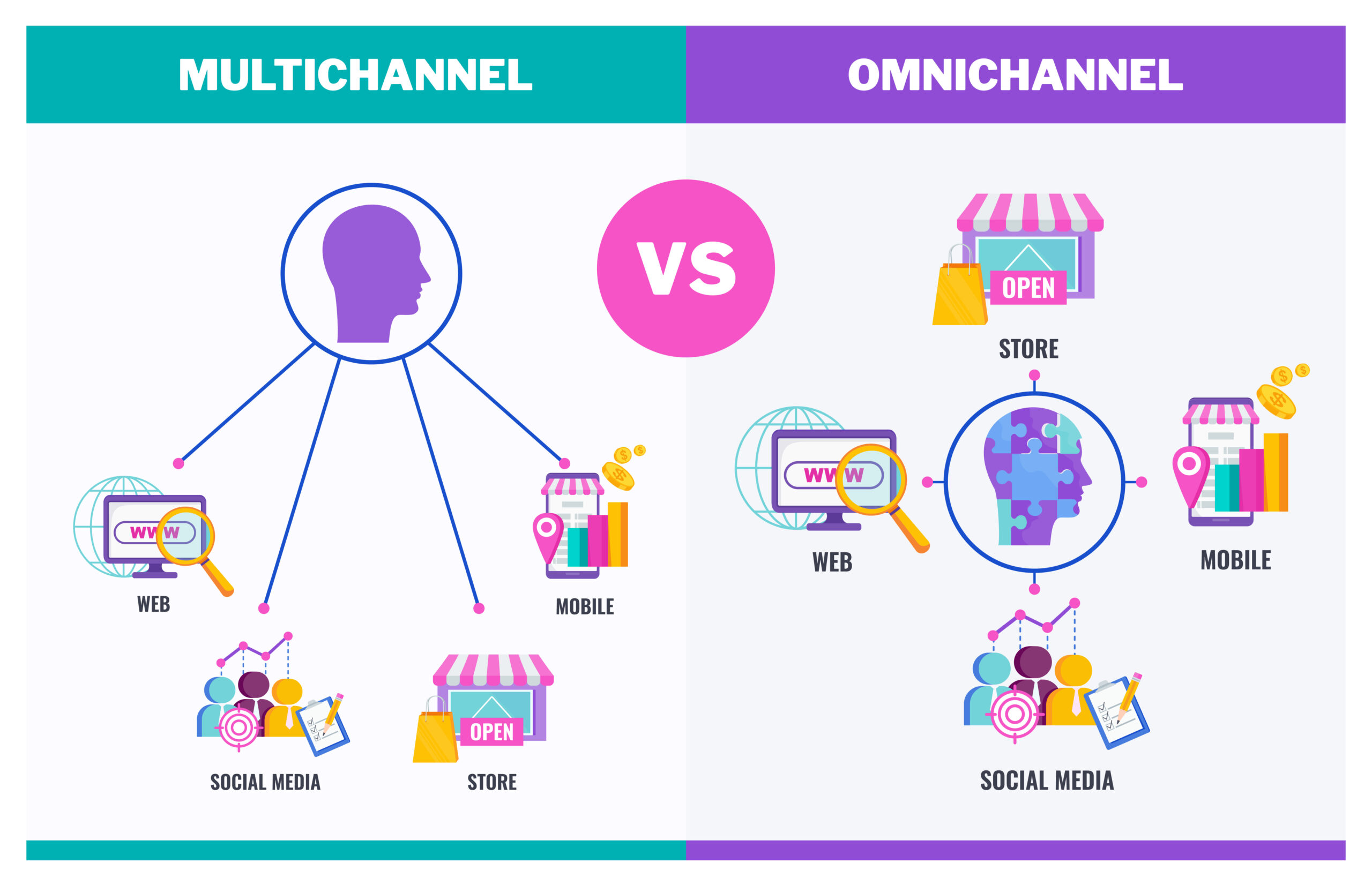How to Find and Ace Your Target Market
In the competitive B2B marketing landscape, it’s essential to find and effectively reach your target audience—the organizations best-fit for what you have to offer and the individual decision makers within them.
It isn’t always easy to do, but with the right strategies, tools, and technologies in place you can effectively align your marketing outreach with the specific audiences you want to engage. In this guide, we’ll explore exactly how to do it.
What follows is a deeper dive on B2B target markets, why they matter, and actionable ways to identify and reach yours to drive business growth.
Quick Takeaways:
- Target market refers to the specific organizations best fit for your company’s offerings.
- Your target market differs from total addressable market and served available market because it includes potential buyers that both fit your ideal customer profile and have purchase intent.
- Essential steps for identifying your target include defining your ideal customers, doing market research, engaging directly in online forums, and continual testing and refining.
- Effectively finding and reaching your target market leads to higher sales and revenue and faster business growth.
What Is Your Target Market and Why Does it Matter?
In the B2B world, a target market refers to the specific group of businesses or organizations that are most likely to benefit from and engage with your products or services. Identifying and understanding your target market is crucial because it allows you to move away from outdated lead-gen methods that simply cast a wide marketing net and hope for the best.
Instead, you can focus your marketing efforts and resources effectively, zeroing in on the buyers that are best fit for what you have to offer. As a result, you’ll see higher engagement, conversion rates, sales, revenue, and growth.
Further, you’ll be better able to meet the unique needs and expectations of your customer base, developing a stronger knowledge of each segment and their industries, challenges, and goals. In return, customers will be more likely to continue choosing your business over competitors.
At the highest level, effectively identifying your target market and positioning your brand within it helps you stand out in crowded B2B environments and establishes your business as a reliable go-to solution provider.
Below is a visual that helps you see how target market fits within your total addressable market (the total revenue opportunity available to your business) and served available market (the part of the total addressable market you can actually reach).
The difference between the above markets and your target market is that buyers in your target market are both high-fit for your offerings and have the need and intent to buy.

While it can feel counterintuitive to pursue a smaller subset of the total potential customers available to your business, it’s by far the smartest way to optimize resources and earn maximum ROI on your B2B marketing efforts.
Let’s look at some actionable steps to identify your business’s target market.
Identifying Your Target Market: 10 Key Steps
Define Your Ideal Customer Profile
The first step in finding your target market is to create an ideal customer profile (ICP). ICPs are proven frameworks in the B2B world that describe organizational traits of your business customers—things like company size, industry, budget, location, maturity, current solutions in place, and more.

Once you define your ICPs, you can also drill down to your buyer personas, which describe the people who make purchase decisions within target buyer organizations.
Conduct Market Research
Market research is essential for gaining accurate, data-driven insights into your target market. Start by analyzing industry trends, market size, and competitors. Identify gaps in the market and potential opportunities.
Utilize both primary and secondary research methods, such as surveys, interviews, and data analysis. This information will help you refine your ICP and tailor your marketing messages to resonate with your target market.
To execute large-scale and/or ongoing market research initiatives, you may want to outsource to a market research firm that can handle the heavy lift for you and report back on results.
Leverage Customer Data
Existing customer data is a goldmine of information about your target market. Analyze customer profiles, purchase history, and preferences to identify patterns and commonalities. Look for trends in customer behaviors, such as the types of products or services they’re buying and the frequency of their purchases, as well as the channels they use.
Use data-driven marketing software tools to automate and execute your targeted strategy at scale. The benefit of doing so is three-pronged and powerful—it helps to more effectively reach customers in your target market, improve marketing campaign performance, and optimize the efficiency of your overall marketing efforts.

Utilize Social Listening
Social media platforms have built-in features that can provide valuable insights into your target market’s interests, preferences, and pain points. Use social media listening tools to monitor conversations, mentions, and hashtags related to your industry. Pay attention to the challenges and questions raised by your target market.
This information can help you refine your messaging, create relevant content, and engage with potential customers in meaningful ways.
Engage in Online Communities and Forums
Participating in online communities and forums relevant to your industry is an effective way to connect with your target market. Join platforms such as LinkedIn groups, industry forums, and online communities where your potential customers are active.
Share valuable insights, answer questions, and establish yourself as an authority in your field. By building relationships and engaging in conversations online, you can gain a deeper understanding of your target market’s needs and preferences.
Test and Refine Marketing Channels
Not all marketing channels will be equally effective in reaching your target market. Experiment with different channels like content marketing, email marketing, SEO, social media advertising, and industry events.
Monitor the performance of each channel and analyze the results. Identify which channels generate the highest-quality leads and the best ROI. Focus your resources on the most effective channels and refine your strategies accordingly.
Develop Customer-Centric Content
Tailor your content to address the specific pain points and challenges of your target market. You can do this most effectively using tools like Strategyzer’s Value Proposition Canvas to align your offerings with what customers in your target market are experiencing.
Then, develop educational and informative content like blog posts, whitepapers, case studies, and industry reports that resonate with your audience.
Use language and terminology that resonates with your audience. Personalize your messaging to specific customer segments and highlight the unique benefits your products or services offer to your target market.
Build Strategic Partnerships
Collaborating with complementary businesses can help you reach a wider audience and tap into new markets. Identify potential partners whose products or services align with yours and target the same customer base.
Develop mutually beneficial partnerships that allow you to cross-promote each other’s offerings and expand your reach.
This could involve co-hosting webinars or events, sharing content on each other’s platforms, or offering joint packages or discounts. By leveraging strategic partnerships, you can access new segments of your target market and gain credibility through association with reputable brands.
Implement Account-Based Marketing
Account-based marketing (ABM) is a highly targeted approach focused on individual accounts or high-value prospects within your target market.
Identify key accounts that align with your ICP and develop personalized marketing strategies tailored to their specific needs. This could include creating custom content, personalized email campaigns, or one-on-one outreach.
If you want to adopt ABM principles but don’t have the resources for one-on-one ABM outreach, consider implementing programmatic ABM (one-to-many) or ABM lite (one-to-few) that still use highly targeted tactics but do so at lower cost.

Continuously Monitor and Adapt
Market dynamics and customer preferences are constantly evolving in every industry. It is crucial to continuously monitor your target market and adapt your strategies accordingly. Keep a pulse on industry trends, competitor activities, and customer feedback.
Leverage analytics tools to track the performance of marketing campaigns and make data-driven decisions. Regularly review and refine your strategies to ensure it stays accurate and relevant.
Final Thoughts on Finding Your Target Audience
Finding and acing your target market is a fundamental aspect of B2B success. By defining your ICP, conducting market research, leveraging customer data, and utilizing social listening, you can gain valuable insights into your target market’s needs and preferences.
Engaging in online communities, testing and refining your marketing channels, and developing personalized content allows you to effectively reach and directly engage with your audience.
Building strategic partnerships and implementing targeted ABM strategies further enhance your targeting efforts. Lastly, continuous monitoring, adaptation, and adjustment ensure that your marketing strategies remain relevant and effective.
By making a continuous effort to understand and cater to your target market, you can position your B2B company for sustained growth and success.
How Televerde Can Help
Televerde offers comprehensive marketing, sales, and customer support solutions that can help you successfully engage your target customers at every stage of their purchase journey. Our solutions are rooted in proven best practices and customized to meet the unique needs of every individual client.
Contact our team to learn more about how we can help your business grow.


